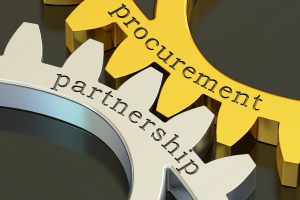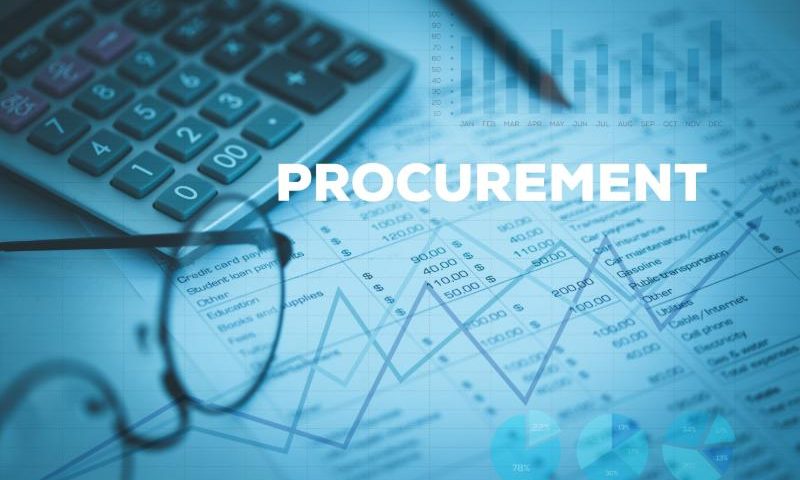5 Simple Steps of Procurement in Manufacturing

3 Benefits of Using Hydraulics in Today’s Society
May 19, 2020
Engaging Students in Manufacturing
June 29, 2020The first time doing anything in life can raise a lot of questions, especially when no guidance is provided. The procurement process in hydraulics can be unchartered territory for many new customers. This is how it works:
- The first step in the procurement process is to browse the purchasing information and contact the quoter. You can find this information under the contact tab. Either an email or phone call should be made directly to this person. Have either a sketch or information readily available when you contact the quoter. You and the quoter will work together to see if your product is something that can be built by the quoter’s company. If the quoter decides that an item can be built, he/she will give you the estimated costs.
- Once deciding on a company to purchase from, a purchase order will be sent to you. The purchase order will have the vendor and shipping address on it, along with the items purchased, quantity of items, and price of each item. The date of the order and payment due date are also included, along with any discounts that apply (Ex. 5/15 net 30). Other conditions, specifications, standards, and other documents included will appear in the purchase order as well. All included documents are confidential and should be treated as so from both parties.
- In the hydraulics industry, most companies will do a credit check with first-time customers. This is a common practice for businesses that make large sales and do not collect the full payment upfront. This is included in the process to ensure that the manufacturing company will receive payment for the product. Business credit reports can be pulled anytime without permission from the business. The business credit report scales from 1-100. If your credit score is above 70 then your company can be trusted to pay bills on-time and regularly. Anything lower than 70 may put your business at risk of being denied by another business.
- The next step is for the manufacturing company to send product drawings to the engineers of the customer’s company. The engineers from both parties will work together to make sure that the part will be able to accommodate the demands placed on it. This drawing will have to be approved by the customer before the product is built. Once both sides are satisfied with the schematics, then manufacturing will begin. Here at TMS Hydraulics, every product is made unique for each customer. This means we do not just grab massed produced items off of the shelf and ship them to you. It also means each cylinder is proprietary to the customer, meaning we will not send another company the same product that we produced for you.
- Once the product is constructed and passes all quality checks, any painting needed will be done. After the paint dries, it will be carefully packed and scheduled to ship. Shipping times may vary due to the location of the customers.

The procurement process can feel like a partnership if the companies involved work hand-in-hand to fulfill each other’s needs.
There are a few potential problems that may arise during the process on both, the manufacturer and the buyers’, side. Below is a list of common problems that occur.
- Manufacturers may reject to assemble a part for specific industries. For example, a company may decline to assemble hydraulic parts for automobiles due to liability issues. These hydraulic parts may have to be fixed by the original manufacturer or a company that specializes in automobile repairs.
- Depending on the capabilities of a company, size limits might be a problem. Smaller businesses tend to focus on the middle 80% of hydraulic needs, while bigger companies can afford to explore the outer 10% on both ends of the scale.
- Some companies may not produce the type of cylinder you need. Types of cylinders include, “piggyback, telescopic, tie-rod, construction-grade, etc.” Every company is different so investigate their capabilities to produce the cylinders you are looking for. At Temple Machine Shop, we take pride in our diversity since we manufacture a variety of cylinders.
- If you are conducting business across the United States or internationally, shipping may be an issue. Some companies cannot competitive due the fluctuating cost of freight.
In the procurement process, transparency about your expectations of the product and service can save time. The procurement process can take weeks and, in some cases, months, depending on the complexity of the order. Being transparent with the manufacturer can make the process easier for both parties.


